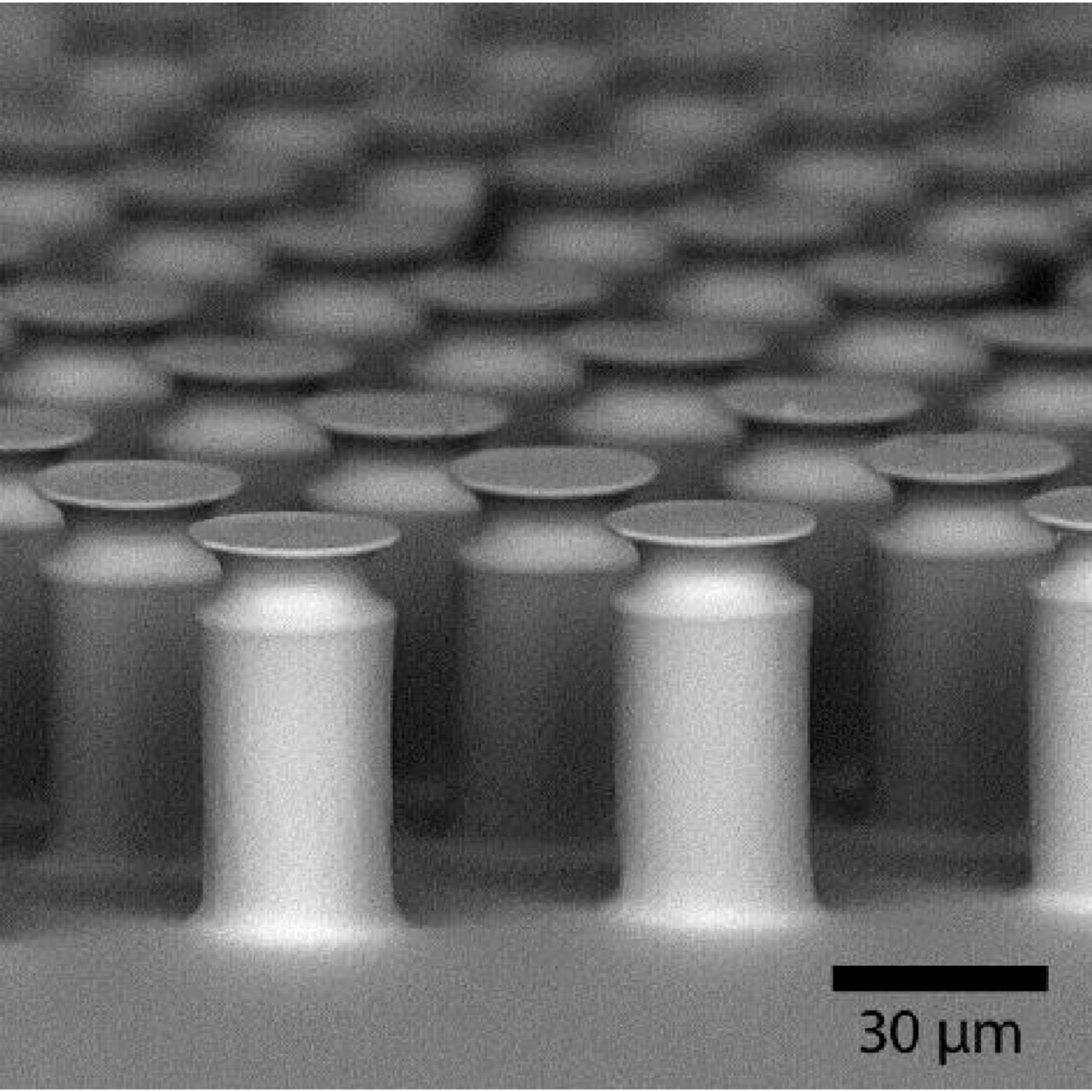From geckos to space: Inspiration for new docking mechanisms
A new adhesive mimicking sticky gecko feet could be used to hold docking spacecraft and instruments securely
The sticky pads on the bottom of a gecko’s feet have inspired a group of engineers from Germany and Austria to make a new kind of adhesive pad to anchor instruments and spacecraft together during docking.
The team wanted to mimic the way geckos can attach themselves to any kind of surface, repeatedly, without losing their adhesion. To do this they filled an aluminium mold with silicon to fabricate circular pads covered with, what look like, dozens of mushroom-shaped hairs less than half a millimeter in diameter.
They then had to test how well the dry adhesive worked in space-like conditions, to see whether their manufactured gecko pads could be viable for things like grabbing debris for removal or robot inspections.
Outgassing and adhesion tests were performed (and passed) at various temperatures to see how well the pads could stick to a surface in a simulated space environment and, under specific conditions, the pads successfully managed to hold loads of up to 18 Newtons (around 2kg if you’re on Earth) without breaking.
The final test was to see whether the pads could be used in a simulated docking. At the Experimental Laboratory for Proximity Operations and Space Situational Awareness (ELISSA) a mechanism tested how well four of the pads could stick one piece of the apparatus to another. At ELISSA, the mechanism is filled with sensors that can change the angle the mechanism docked at and how much force is needed to un-stick the objects.
While during this final test the pads could not get the target object to dock successfully, it gave insight into how the adhesive might be improved in the future. Firstly, keeping the adhesive at a constant temperature meant it was able to stay adhered for longer and hold larger loads, so future activities might find a heating unit could be used. The team also felt that using a different silicon, more suited to (and already tested for) space might make the adhesive pads more viable, but that it would come with a significant price increase.
The team, from the Institute of Space Systems, Aerospace and Advanced Composites, Leibniz institute for New Materials and the Institut für Mikrotechnik, will continue improving the adhesion abilities of the pads and further test them for space qualification.
The activity GSTP G517-166QT was closed on 30-06-2018 after achieving a TRL of 3 to 4.


